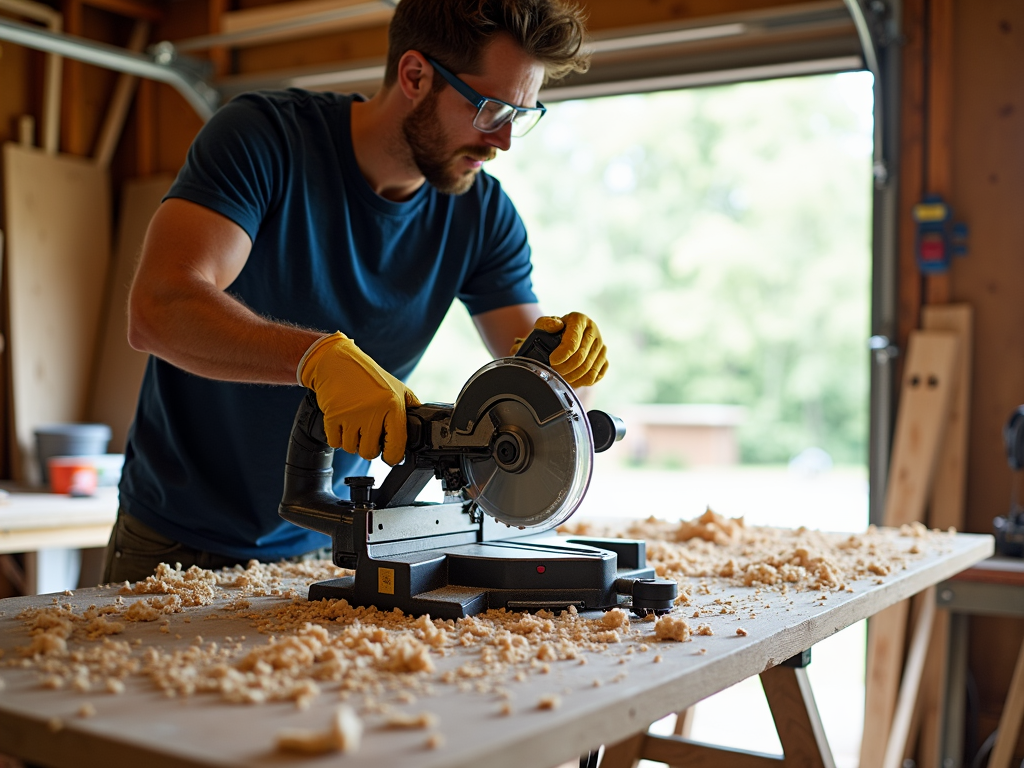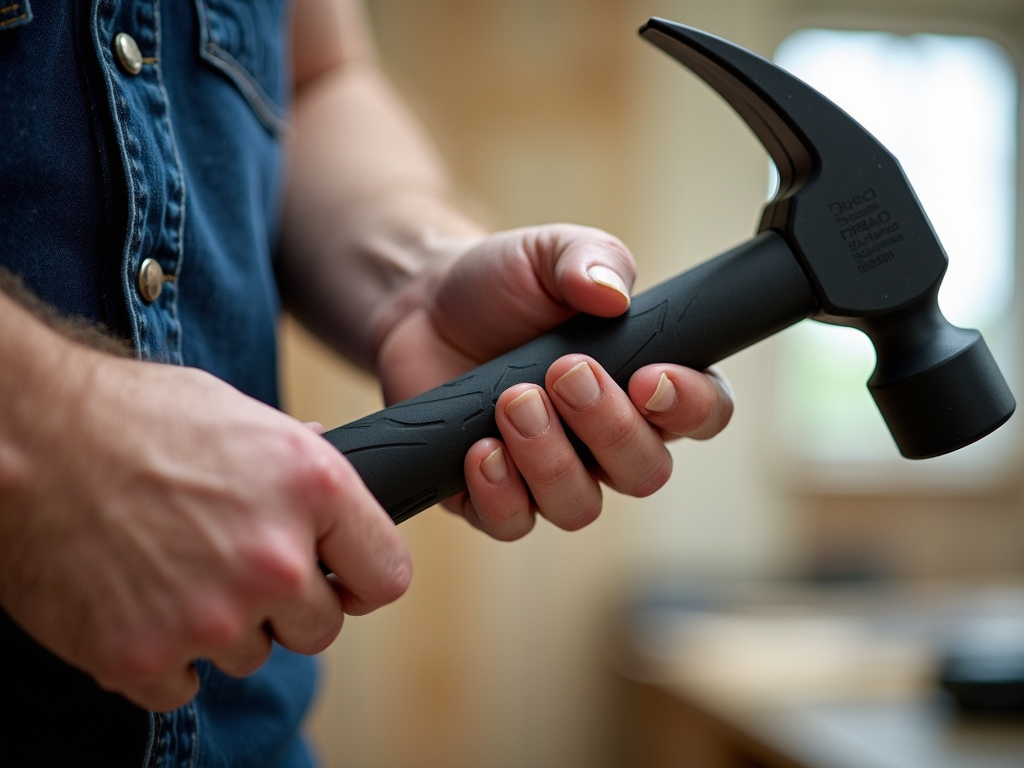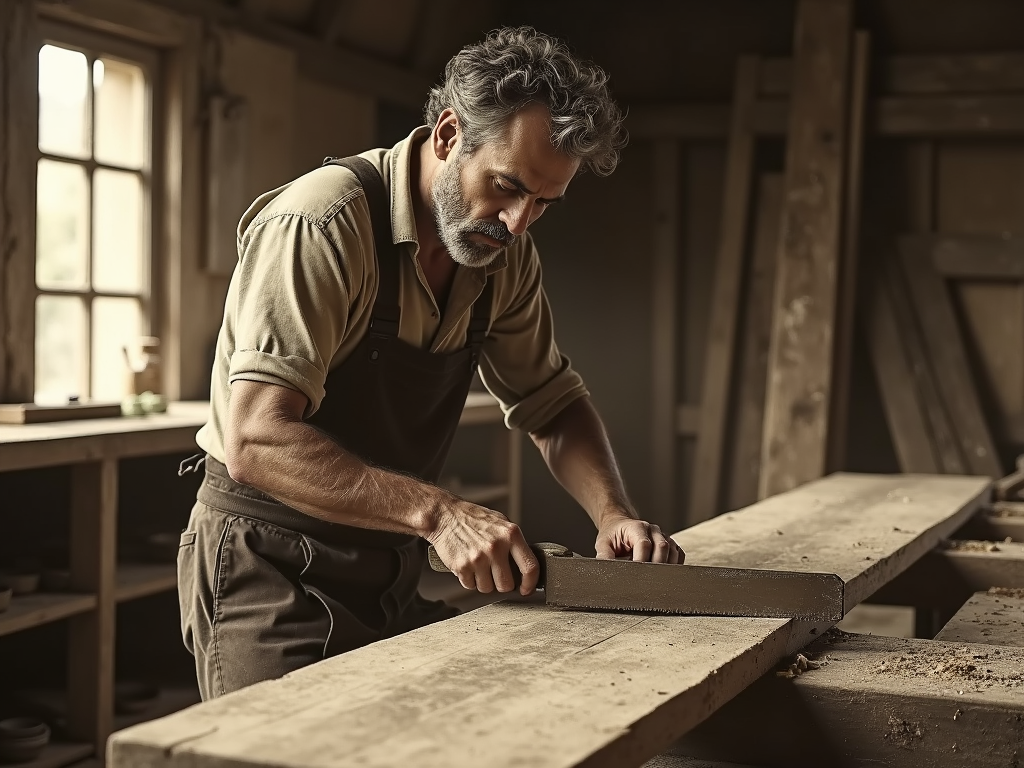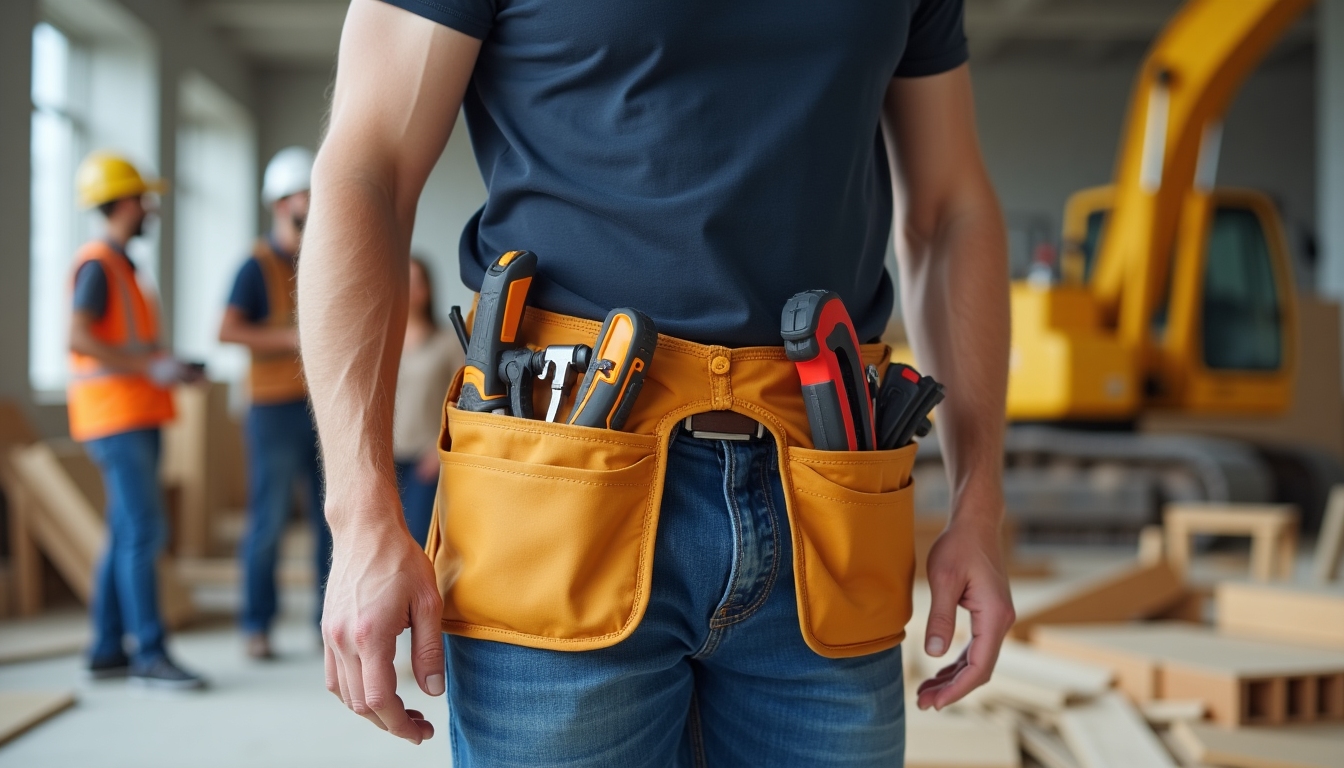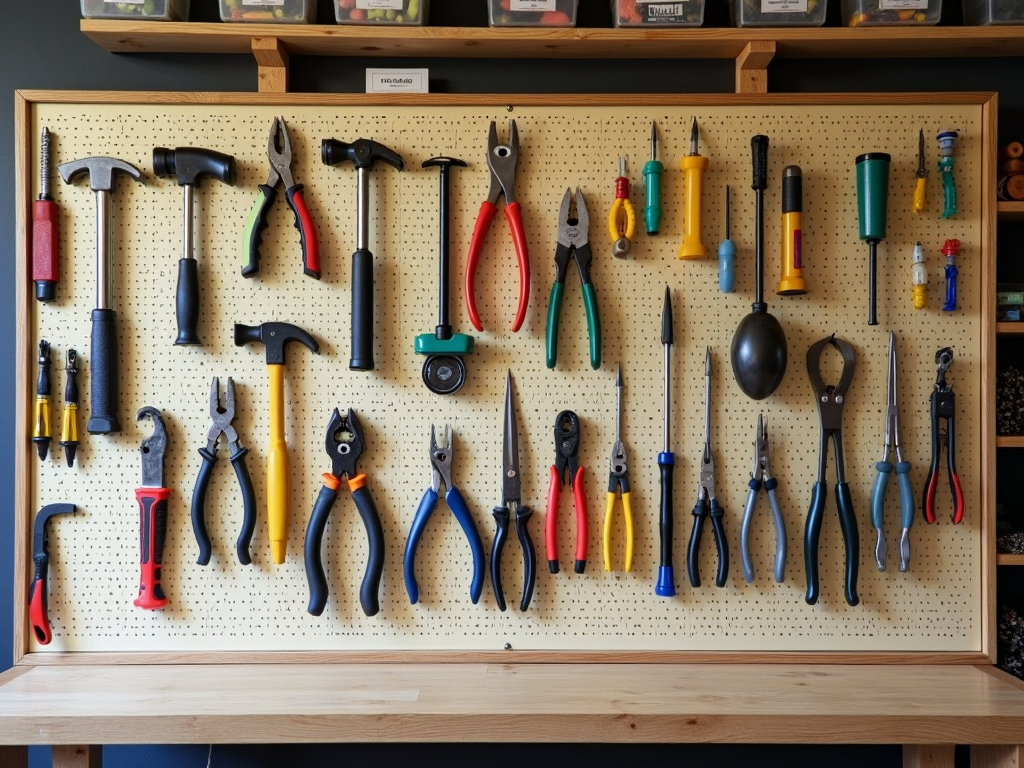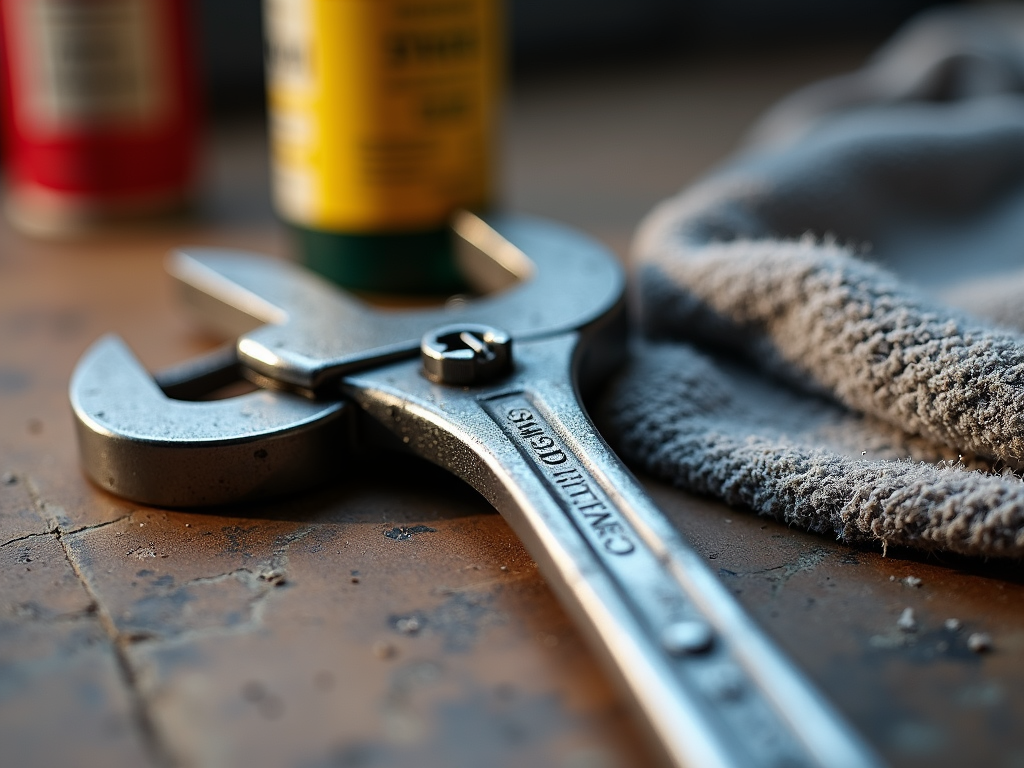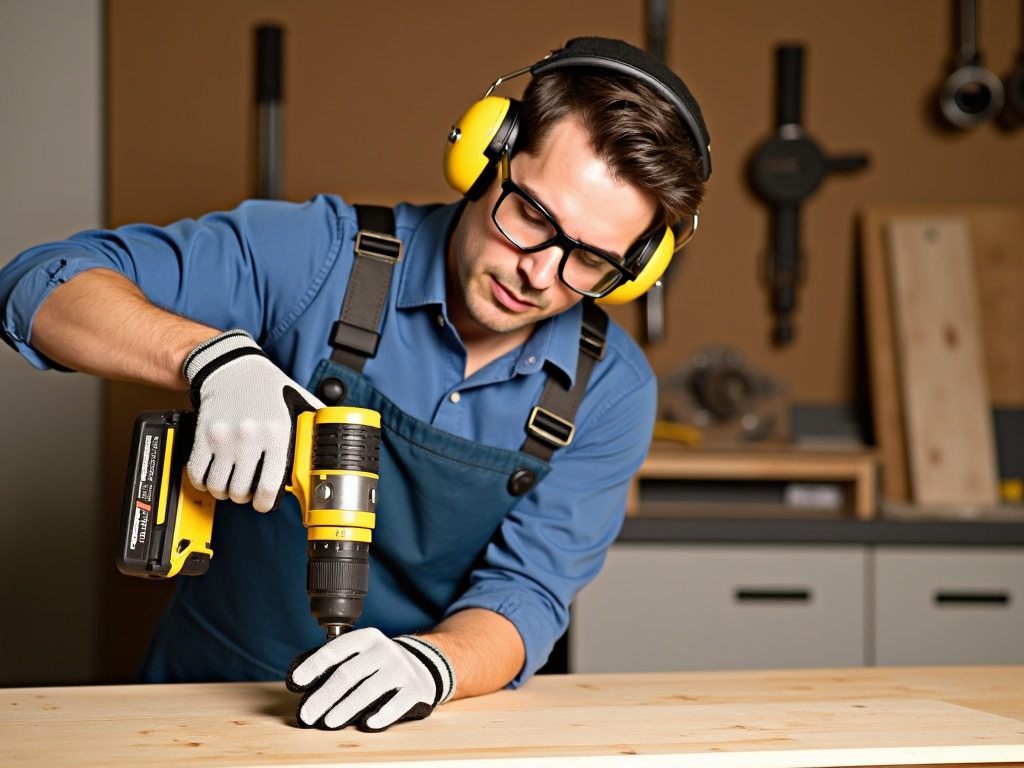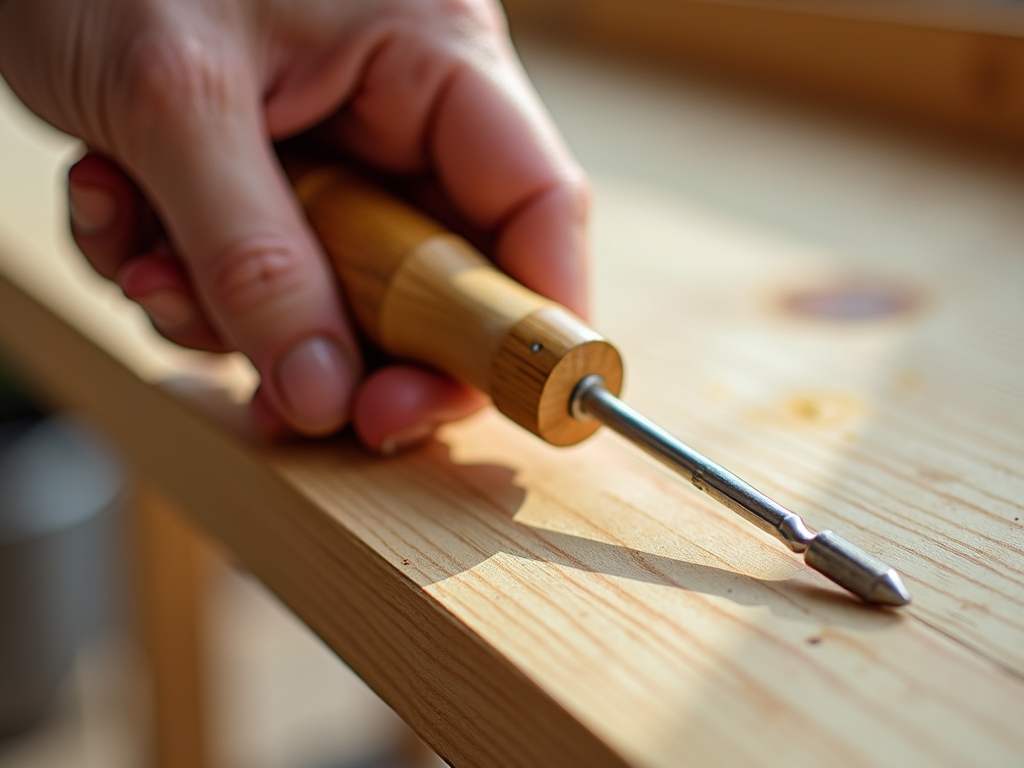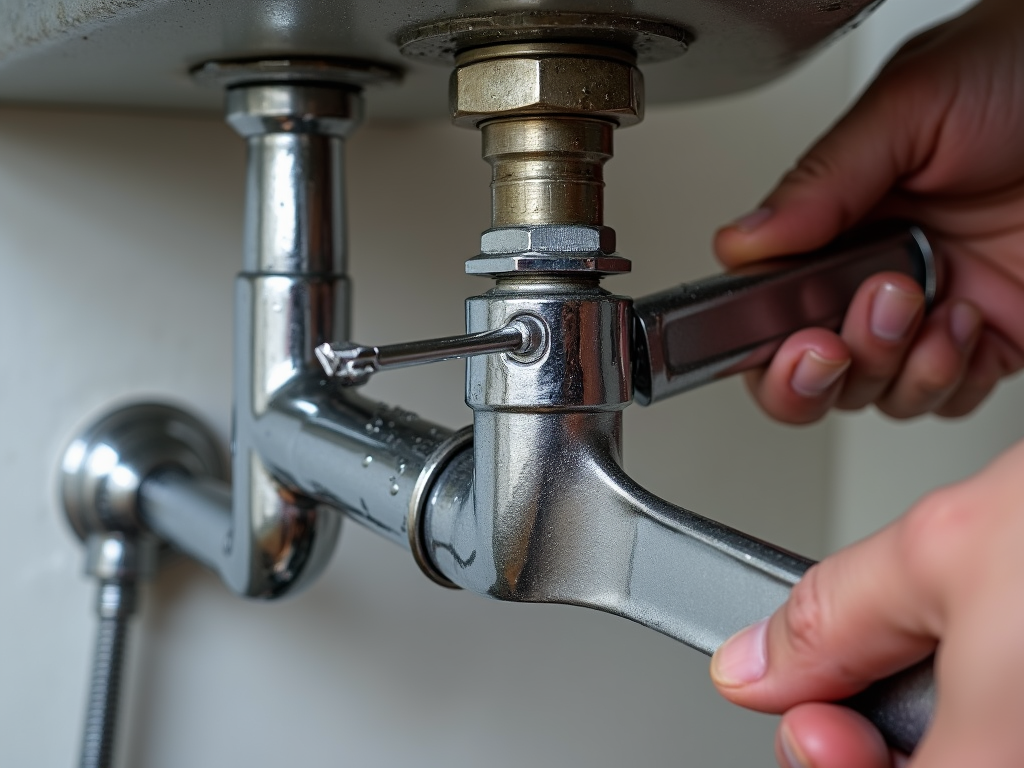Toolboxes keep your tools safe, organized, and ready for any task. Whether you’re fixing a car or building a shelf, this guide covers everything you need to know about choosing and using the perfect toolbox.
Why You Need a Toolbox
A toolbox isn’t just a box—it’s a game-changer. I’ve spent years tinkering in my garage, and a good toolbox has saved me countless hours searching for lost screwdrivers. It protects your tools and keeps them within reach, whether you’re a weekend DIYer or a full-time mechanic.

Types of Toolboxes
Toolboxes come in all shapes and sizes. Here’s a rundown of the main types:
- Portable Toolboxes: Small and lightweight, these are great for basic repairs. I carry one for quick fixes around the house.
- Rolling Toolboxes: These have wheels and multiple drawers—perfect for moving heavy tools. I use one when working on bigger projects.
- Tool Chests: Big and stationary, they’re ideal for workshops with lots of tools.
- Tool Bags: Soft-sided and flexible, they’re easy to toss in a car for on-the-go jobs.
Each type fits different needs, so think about what you’ll use it for.
How to Choose the Right Toolbox
Picking a toolbox isn’t one-size-fits-all. Here’s what to consider:
- Size of Your Tool Collection: A small set fits in a portable box; dozens of tools need a chest or rolling option.
- Where You Work: If you’re always on the move, grab something with wheels or a strap.
- Durability: Metal lasts longer but weighs more; plastic is lighter but can crack.
- Storage Features: Look for drawers or trays to keep things tidy.
I once bought a cheap toolbox that broke in a month. Now, I check for sturdy hinges and thick walls.
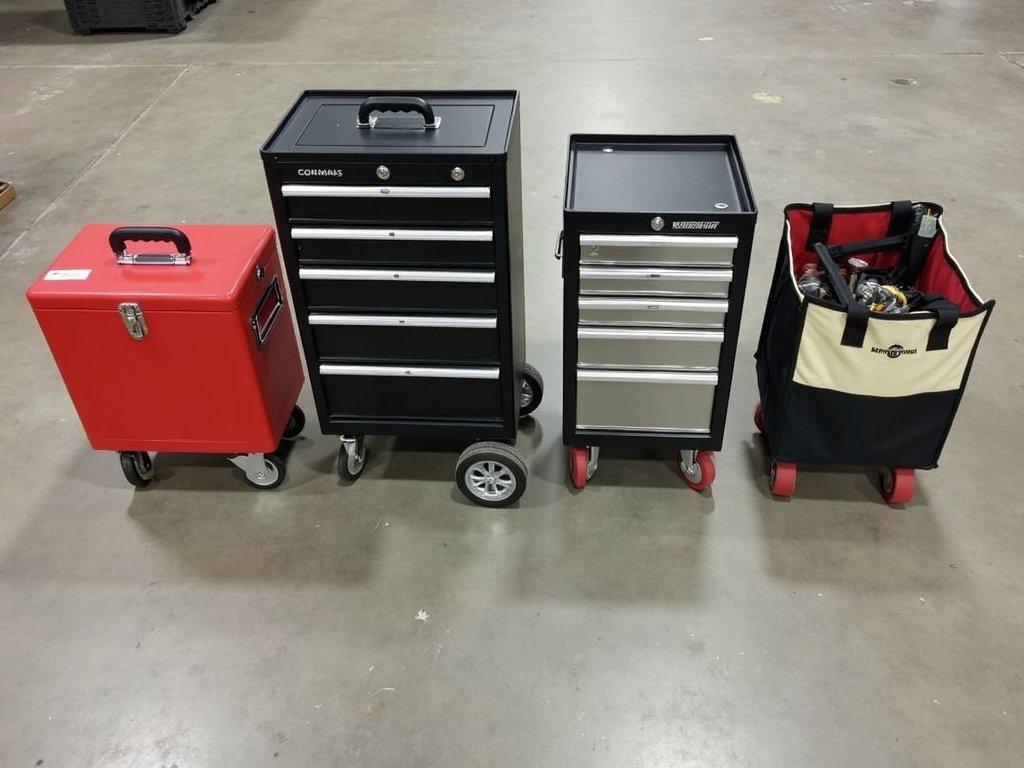
Organizing Your Tools
A messy toolbox wastes time. Here’s how I keep mine in order:
- Sort by Type: All my wrenches go together, same with screwdrivers.
- Use Compartments: Dividers or foam inserts stop tools from sliding around.
- Prioritize Access: My most-used tools sit on top or in the front drawer.
Once, I spent 20 minutes digging for a socket. Now, everything has a spot, and I’m done faster.
Toolboxes for Automotive Repairs
Mechanics need solid toolboxes. I’ve worked on cars for years, and here’s what matters:
- Space for Workman Tools: Automotive repairs demand socket sets, wrenches, and pliers. Make sure your toolbox has room.
- Strength: Cars are tough on tools, so pick a box that won’t dent or crack.
- Mobility: A rolling toolbox is clutch if you’re moving between bays or garages.
For car work, workman tools for automotive repairs—like a reliable ratchet—are must-haves.
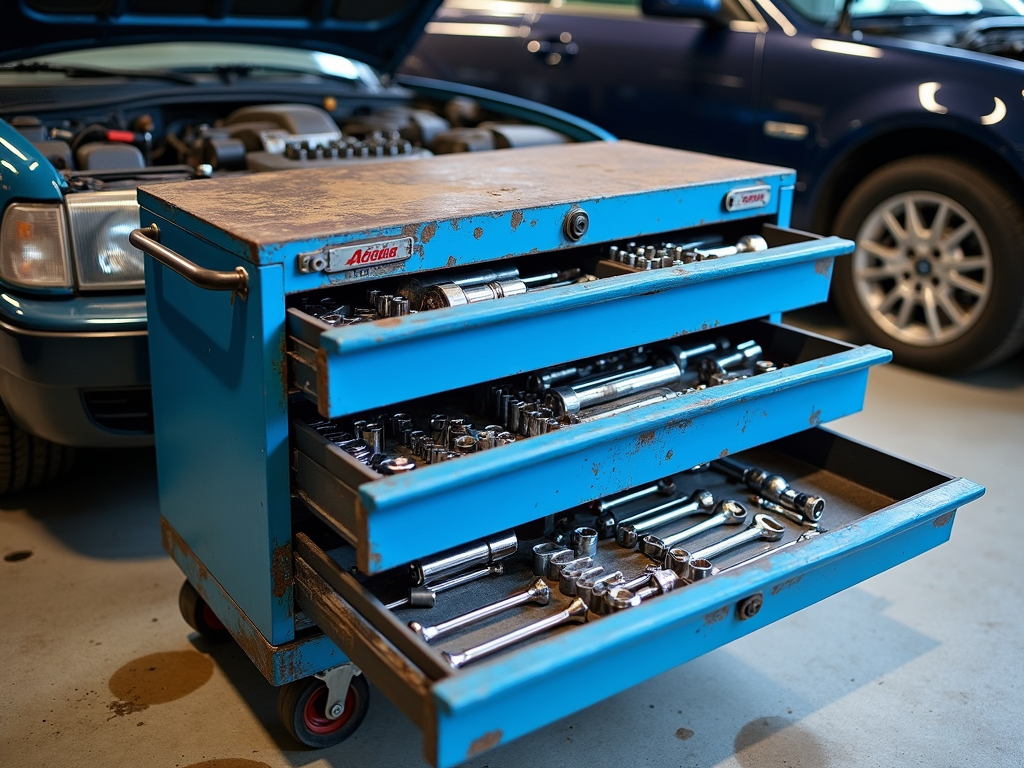
How to Choose the Right Socket Set
Socket sets are key for car repairs or tight bolts. Here’s how to pick one:
- Sizes: Get both metric and standard sockets—cars use both.
- Depth: Deep sockets reach recessed bolts; shallow ones work for tight spots.
- Quality: Cheap sets strip easily. I’ve snapped a few before learning to invest in good steel.
A solid socket set in your toolbox can handle anything from oil changes to brake jobs.
Maintaining Your Toolbox
A toolbox lasts longer with care. Here’s what I do:
- Wipe It Down: Dust and grease build up fast. A quick wipe keeps it clean.
- Oil the Wheels: If it rolls, keep the wheels moving smoothly.
- Check for Damage: Rust or cracks can spread. Catch them early.
I ignored a rusty hinge once, and it jammed shut. Now, I stay on top of upkeep.
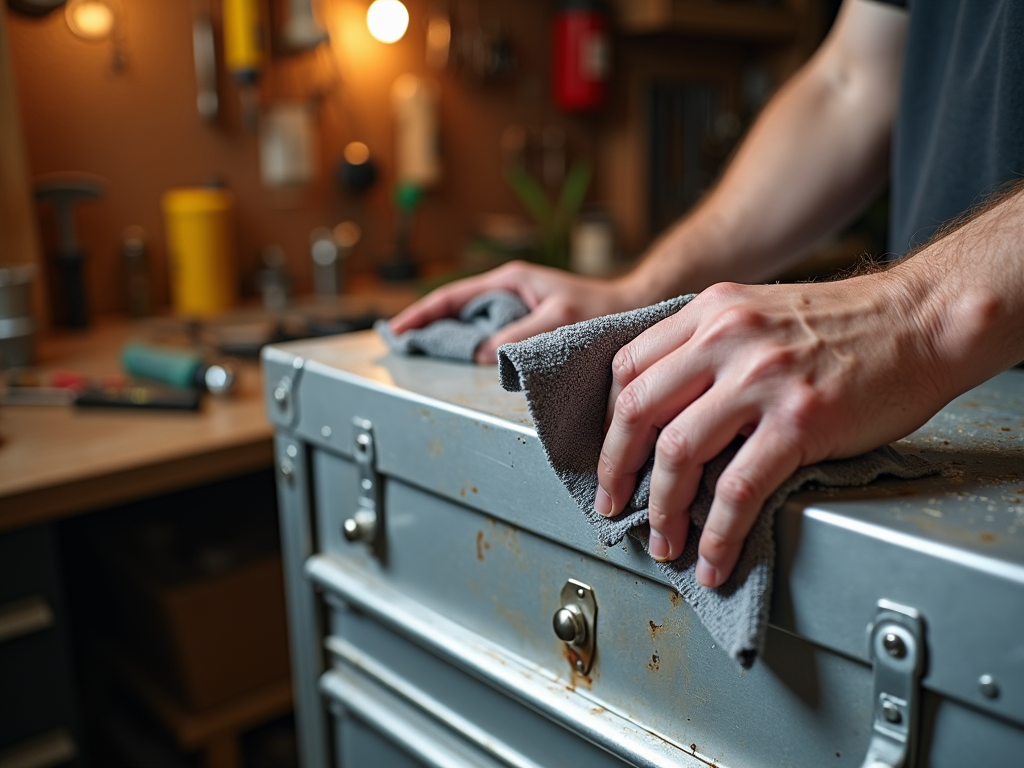
Toolbox Features to Look For
Some extras make a big difference:
| Feature | Benefit |
|---|---|
| Locks | Keeps tools secure |
| Weatherproofing | Protects from rain or spills |
| Stackable Design | Saves space in small areas |
I love my stackable boxes—they fit neatly in my tiny shed.
Personal Takeaways
Over the years, I’ve learned toolboxes aren’t just about storage—they’re about workflow. A bad one slows you down; a good one feels like a partner. Start small if you’re new, but don’t skimp on quality. Your tools deserve it, and so does your time.
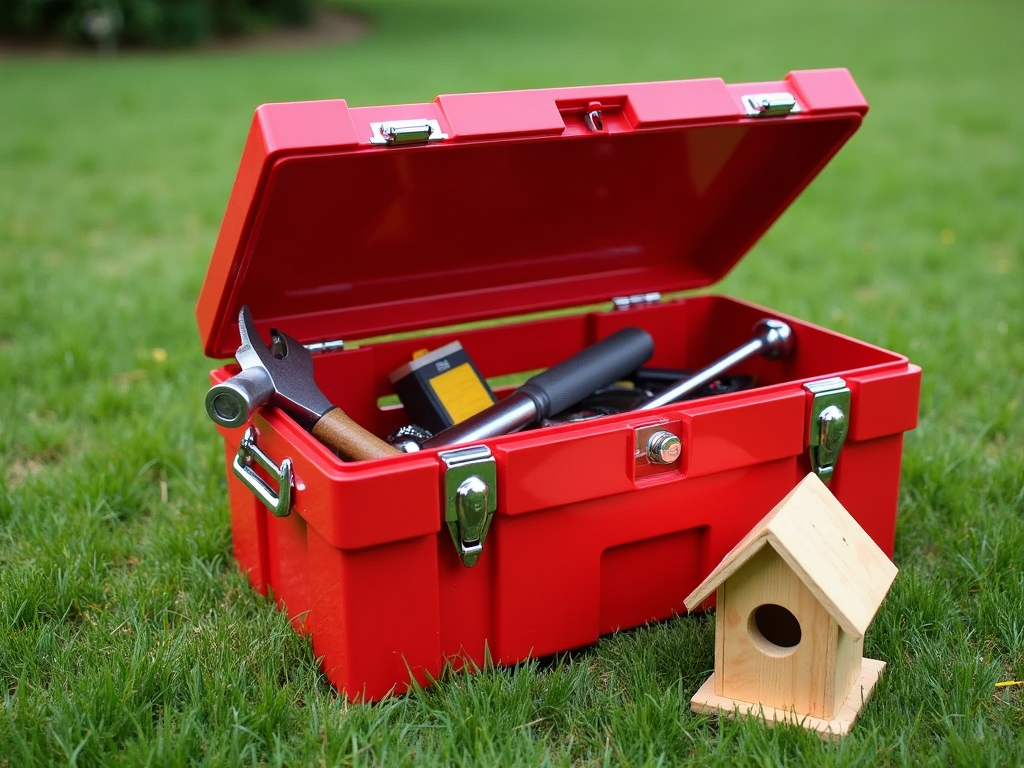
Wrapping Up
Toolboxes make work easier, whether you’re fixing cars or assembling furniture. Pick one that fits your tools, your space, and your style. Keep it organized and maintained, and it’ll serve you well for years. Check out the links below for more tips!
Related The Ultimate Guide to Toolboxes for Every Need:
- How to Choose the Right Socket Set for Any Job
- Essential Safety Gear for Power Tool Projects: Protect Yourself and Work Smarter
- How Tool Design Impacts Worker Health and Efficiency: A Deep Dive into Hammer Ergonomics
- The Evolution of Power Tools: From Hand Tools to High-Tech Gadgets
- The Ultimate Guide to Tool Belts for Construction Workers
- Workshop Organization Hacks to Boost Productivity
- Top Maintenance Tips for Extending Tool Lifespan
- Essential Safety Gear for Power Tool Users
- A Comprehensive Guide to Workwear and Safety Gear
- Top 10 Sustainable Hand Tools in 2024
- Top 10 Plumbing Tools Every DIYer Should Own
- Mastering Power Tool Maintenance: Keep Your Tools Running Like New

